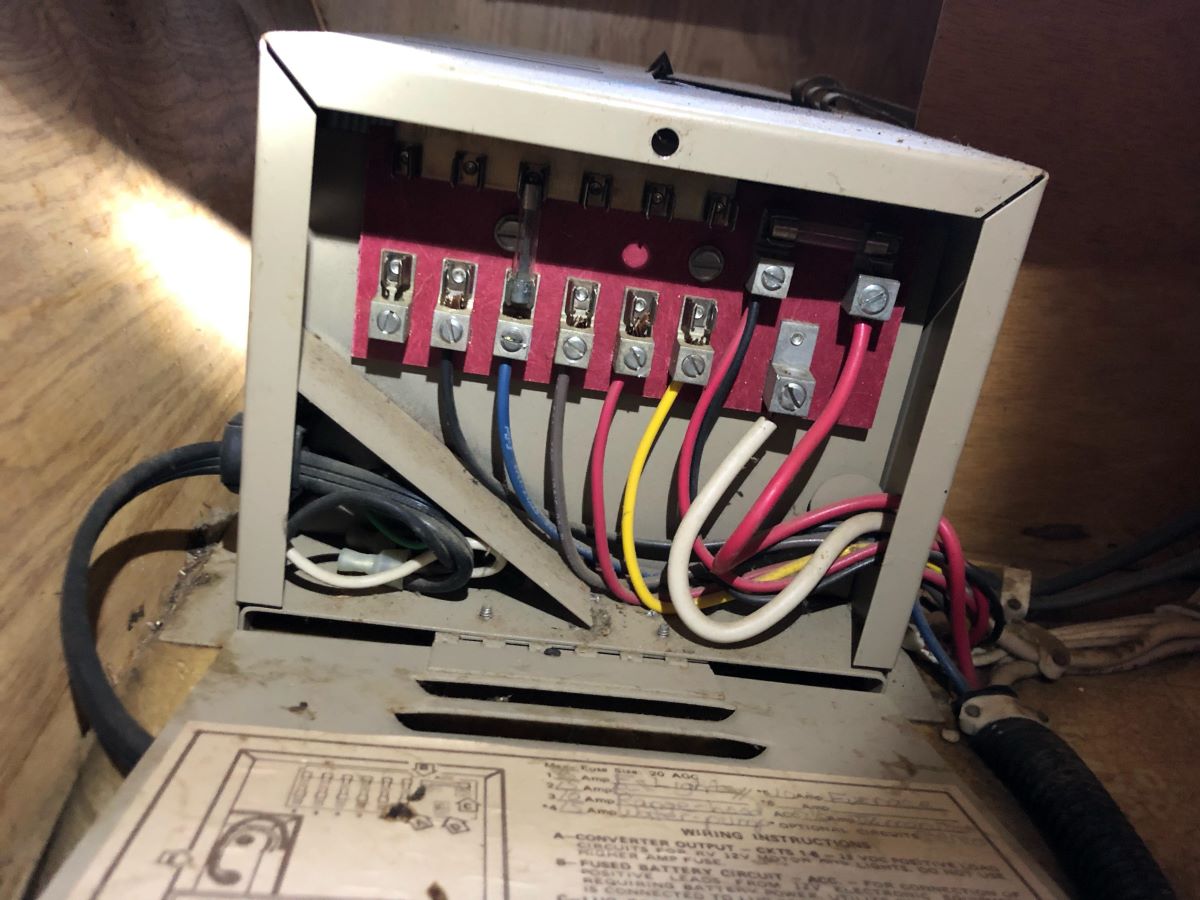

Articles
Why Does My Water Pump Breaker Keep Tripping
Modified: December 7, 2023
Discover articles on why your water pump breaker keeps tripping and learn how to troubleshoot and prevent future issues. Find expert advice and solutions for a reliable water pump system.
(Many of the links in this article redirect to a specific reviewed product. Your purchase of these products through affiliate links helps to generate commission for Storables.com, at no extra cost. Learn more)
Introduction
Water pump breakers are an essential component of water pumping systems, designed to protect the pump motor from electrical damage. If you’ve experienced the frustrating issue of your water pump breaker tripping repeatedly, you’re not alone. This common problem can disrupt the flow of water in your home or place of business, causing inconvenience and potential water damage.
In order to effectively troubleshoot and resolve this issue, it’s important to understand what a water pump breaker is and how it works. Additionally, knowing the common causes of breaker tripping can help you take preventive measures to avoid future disruptions.
In this article, we will delve into the world of water pump breakers and explore the reasons behind their consistent tripping. We will also provide troubleshooting steps that can help you identify and rectify the underlying issues. Lastly, we will discuss preventive measures you can take to minimize the chances of your water pump breaker tripping in the first place.
By the end of this article, you will have a comprehensive understanding of water pump breakers and the necessary knowledge to tackle any tripping problems you may encounter.
Key Takeaways:
- Understanding the working mechanism of water pump breakers and identifying common causes of tripping is crucial in troubleshooting the issue effectively. Regular maintenance, proper installation, and the use of voltage stabilizers and surge protectors are key preventive measures.
- By implementing preventive measures such as regular maintenance, proper installation, and seeking professional guidance when needed, you can minimize the occurrence of water pump breaker tripping and ensure the longevity and efficiency of your water pump system.
Read more: Why Does My AC Breaker Keep Tripping
Understanding Water Pump Breakers
Before diving into the causes and solutions for a tripping water pump breaker, it’s important to have a clear understanding of what a water pump breaker is and how it functions. A water pump breaker is a device that protects the pump motor from electrical damage by interrupting the flow of electricity when it detects an overload or fault in the system.
Within the breaker, there are several key components that work together to ensure the proper functioning of the water pump system. The main component is the circuit breaker itself, which is typically housed in a panel box near the pump. This breaker acts as a switch that can be manually turned on or off to control the flow of electricity to the motor.
When the water pump system is functioning normally, the circuit breaker allows electrical current to flow to the motor, powering it and allowing it to pump water. However, if the system experiences an electrical overload or fault, the breaker quickly detects this and trips, cutting off the flow of electricity to the motor to prevent damage.
Inside the breaker, there is a bimetallic strip or an electronic sensor that is designed to detect excessive current flow. When this strip or sensor detects a high current, it triggers a mechanism that physically disconnects the circuit, interrupting the flow of electricity. This action prevents the motor from drawing too much power and overheating, protecting it from damage.
Once the breaker trips, it needs to be manually reset by switching it off and then back on. This ensures that the system is safe and ready to be used again. It’s important to note that if the breaker continues to trip even after being reset, there is a deeper issue within the system that needs to be addressed.
Understanding the working mechanism of a water pump breaker is crucial in troubleshooting and resolving any tripping issues. By comprehending its function and the purpose it serves in protecting the pump motor, you can effectively identify and resolve the underlying problems that cause the breaker to trip.
Common Causes of Water Pump Breaker Tripping
A tripping water pump breaker can be a frustrating and inconvenient issue to deal with. In order to effectively troubleshoot and resolve the problem, it’s important to understand the common causes behind the breaker tripping. Here are some of the most common causes:
- Electrical overload: One of the primary reasons for a water pump breaker to trip is an electrical overload. This occurs when the pump motor draws more current than the breaker is designed to handle. It can happen due to various factors such as running multiple appliances simultaneously, a malfunctioning motor, or a sudden increase in water demand. To resolve this issue, it may be necessary to reduce electrical load, upgrade the breaker, or consult an electrician.
- Faulty wiring or connections: Another common cause of breaker tripping is faulty wiring or connections. Over time, wires can become loose, damaged, or corroded, leading to poor electrical conductivity and potential short circuits. If the breaker senses an abnormal flow of electricity caused by faulty wiring, it will trip to prevent further damage. It is crucial to inspect and repair any faulty wiring or connections to resolve this issue.
- Motor malfunction: A malfunctioning pump motor can also cause the breaker to trip. Issues such as overheating, worn-out bearings, or a seized motor can result in excessive current draw, triggering the breaker. Regular maintenance and servicing of the motor can help identify and address any motor-related problems to prevent future breaker tripping.
- Low voltage or power fluctuations: In some cases, low voltage or power fluctuations in the electrical supply can lead to breaker tripping. Fluctuations in voltage can stress the motor and cause it to draw more current than usual, prompting the breaker to trip. Installing a voltage stabilizer or surge protector can help regulate the power supply and prevent such tripping issues.
- Pump or system defects: Lastly, defects in the water pump or the entire system can contribute to breaker tripping. Issues such as clogged intake filters, damaged impellers, or malfunctioning pressure switches can cause the pump to work harder, leading to increased power consumption and eventual breaker tripping. Regular maintenance and inspection of the pump and system components are essential to identify and rectify such defects.
By understanding these common causes of water pump breaker tripping, you can effectively diagnose the issue and take appropriate measures to resolve it. Whether it’s addressing electrical overload, fixing faulty wiring, servicing the motor, stabilizing the voltage, or repairing pump defects, identifying the root cause is crucial in ensuring optimal performance and avoiding future breaker tripping incidents.
Check for any potential electrical issues, such as a short circuit or overload, that may be causing the water pump breaker to trip. It’s also important to ensure that the pump is not drawing more current than the breaker can handle.
Troubleshooting Steps for Water Pump Breaker Tripping
When faced with a tripping water pump breaker, it’s important to troubleshoot and identify the underlying issue to prevent further disruptions and potential damage. Here are five essential troubleshooting steps you can take:
- Step 1: Check for electrical overload: Begin by assessing the electrical load on the circuit. Ensure that the water pump is not running simultaneously with other high-power consuming appliances. If the breaker consistently trips under normal operating conditions, you may need to upgrade to a higher capacity breaker or consult an electrician to balance the electrical load.
- Step 2: Inspect wiring and connections: Examine the wiring and connections in the water pump system. Look for loose, damaged, or corroded wires that may be causing a short circuit. Tighten any loose connections and repair or replace any faulty wiring to ensure proper electrical conductivity.
- Step 3: Test the motor: Check the pump motor for any malfunction. Ensure that it is running smoothly and not making unusual noises. If the motor is overheating or seizing, it can cause the breaker to trip. In such cases, it may be necessary to service or replace the motor.
- Step 4: Monitor voltage and power supply: Keep an eye on the voltage and power supply to the water pump. Fluctuations in voltage or low power supply can lead to breaker tripping. Consider installing a voltage stabilizer or surge protector to maintain a stable power supply to the motor.
- Step 5: Examine the pump and system components: Inspect the pump and other system components for any defects. Check for clogged intake filters, damaged impellers, or malfunctioning pressure switches. Any abnormalities in the pump’s functioning can cause it to draw excessive current and trip the breaker. Regular maintenance and inspection can help identify and resolve such issues.
By following these troubleshooting steps, you can narrow down the potential causes of your water pump breaker tripping and take appropriate actions to resolve the issue. However, if you are unsure or unable to identify the root cause, it is always recommended to seek the assistance of a professional electrician or plumber who can provide expert advice and assistance.
Preventive Measures to Avoid Water Pump Breaker Tripping
Experiencing frequent water pump breaker tripping can be frustrating and disruptive. However, there are several preventive measures you can take to avoid these issues in the future. By implementing these measures, you can ensure the smooth operation of your water pump system. Here are some preventive steps to consider:
- Regular maintenance and inspection: Schedule regular maintenance and inspection of your water pump system. This includes cleaning or replacing filters, lubricating moving parts, and checking for any signs of wear or damage. Regular maintenance can help identify and address potential problems before they escalate and cause the breaker to trip.
- Proper installation and wiring: Ensure that your water pump system is installed correctly and wiring is done properly. Faulty installation and wiring can lead to breaker tripping. If you are unsure about the installation process, consult a professional electrician or plumber to ensure the system is set up correctly.
- Voltage stabilizers and surge protectors: Install voltage stabilizers and surge protectors in your electrical system. These devices help regulate and stabilize the voltage and protect your water pump motor from power fluctuations and surges. They act as a safeguard, preventing the breaker from tripping due to voltage-related issues.
- Upgrading to a larger breaker or pump: If you consistently experience breaker tripping, consider upgrading to a larger capacity breaker or even a more powerful pump. This ensures that the breaker can handle the electrical load and the pump can efficiently meet the water demands without causing overloads. Consult with a professional to determine the appropriate size for your system.
- Consulting a professional electrician or plumber: If you have exhausted all troubleshooting steps and preventive measures, it’s advisable to seek the expertise of a professional electrician or plumber. They have the knowledge and experience to identify the root cause of the breaker tripping and provide suitable solutions tailored to your specific system.
By implementing these preventive measures, you can minimize the occurrence of water pump breaker tripping and ensure the longevity and efficiency of your water pump system. Remember to prioritize regular maintenance, proper installation, and seek professional guidance when needed to keep your system running smoothly.
Conclusion
A water pump breaker tripping can be a frustrating and disruptive problem, but with the right knowledge and preventive measures, it can be resolved and avoided. Understanding the working mechanism of water pump breakers and identifying common causes of tripping is crucial in troubleshooting the issue effectively.
By taking the necessary steps to address electrical overload, faulty wiring, motor malfunction, low voltage, and pump defects, you can resolve the tripping problem and ensure the optimal performance of your water pump system. Regular maintenance, proper installation, and the use of voltage stabilizers and surge protectors are key preventive measures that can significantly reduce the chances of breaker tripping.
It is important to prioritize safety and consult with professional electricians or plumbers if troubleshooting becomes difficult or if you’re unsure about any aspect of your water pump system. They can provide expert guidance and assistance in resolving complex issues and ensuring the long-term reliability of your system.
Remember, consistent maintenance, inspections, and prompt action in addressing any potential problems are essential for the smooth functioning of your water pump system and to avoid future breaker tripping incidents.
By implementing these preventive measures and staying proactive, you can enjoy a reliable water supply and avoid the inconvenience and disruption caused by water pump breaker tripping.
If you’re tackling water pump issues, why stop there? Brush up on your DIY skills with our other handy guides. Learn about running overhead electrical wire to your garage or how best to manage home repair tasks. These articles offer practical tips and easy-to-follow steps, ensuring you can handle household challenges with confidence.
Frequently Asked Questions about Why Does My Water Pump Breaker Keep Tripping
Was this page helpful?
At Storables.com, we guarantee accurate and reliable information. Our content, validated by Expert Board Contributors, is crafted following stringent Editorial Policies. We're committed to providing you with well-researched, expert-backed insights for all your informational needs.
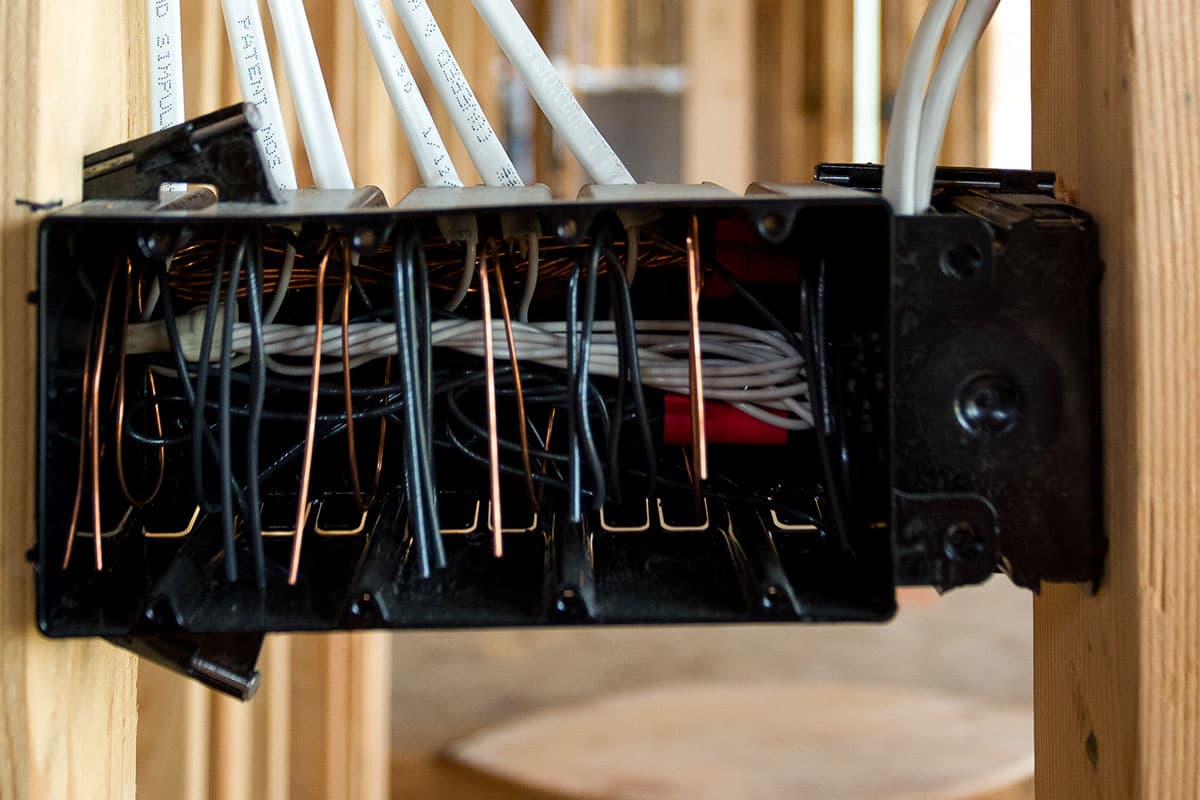
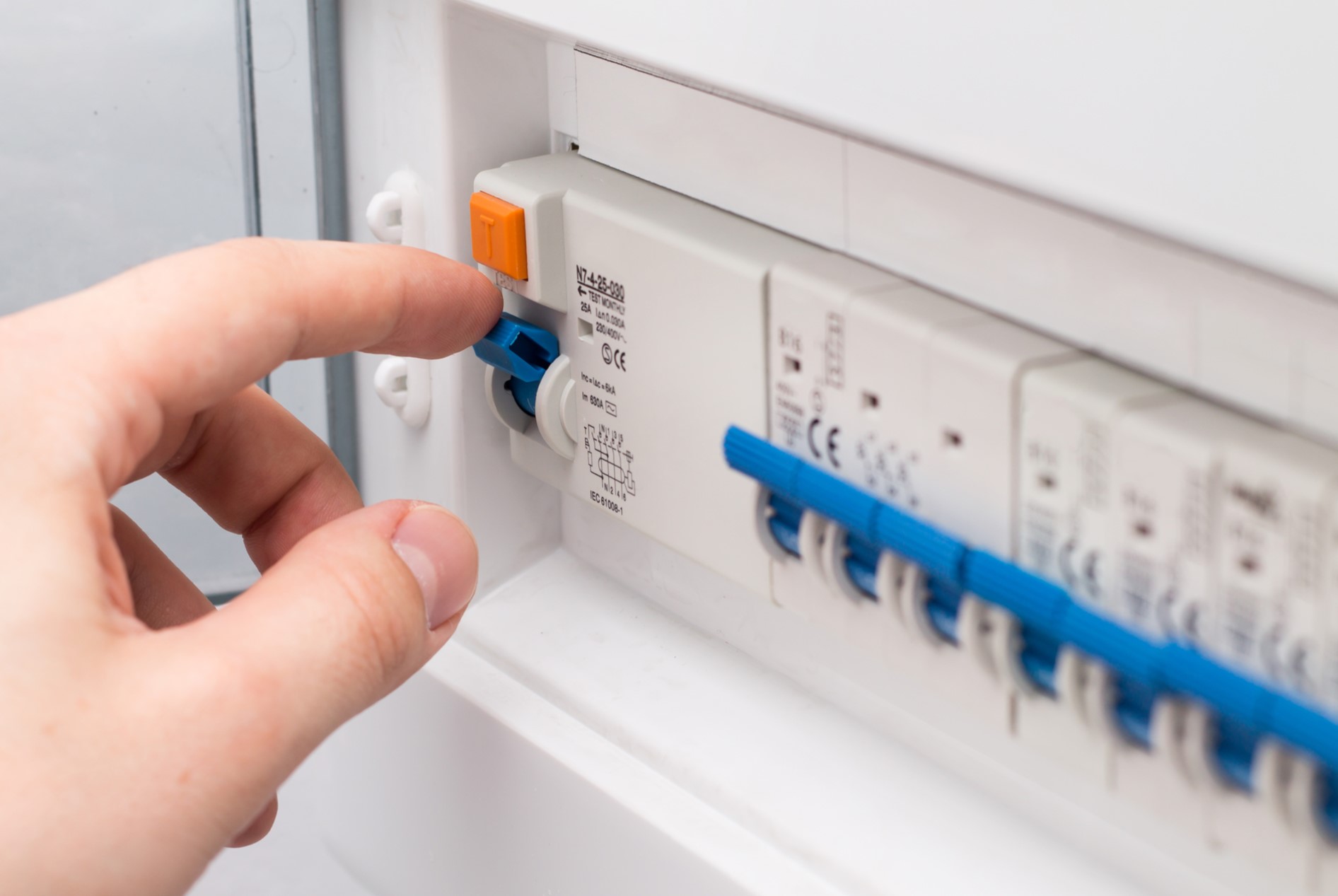
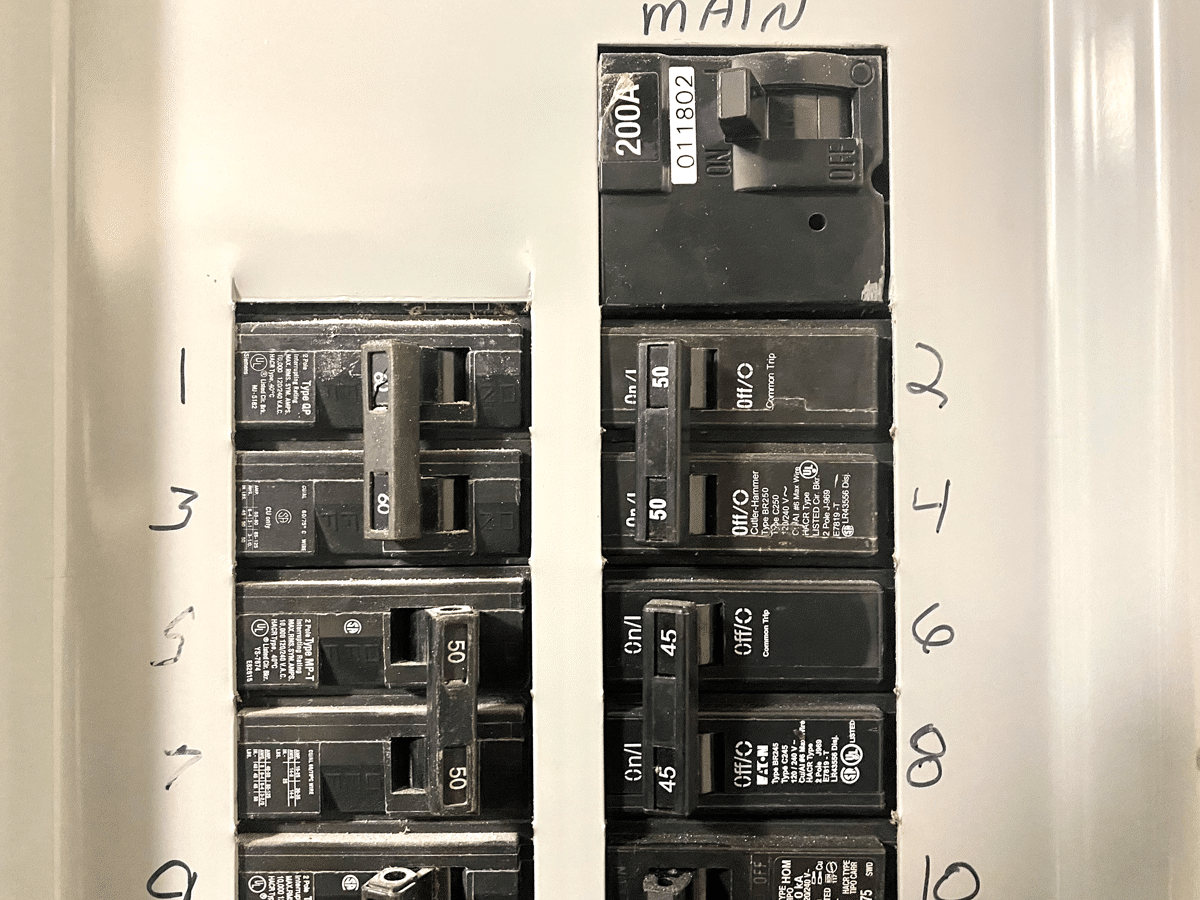
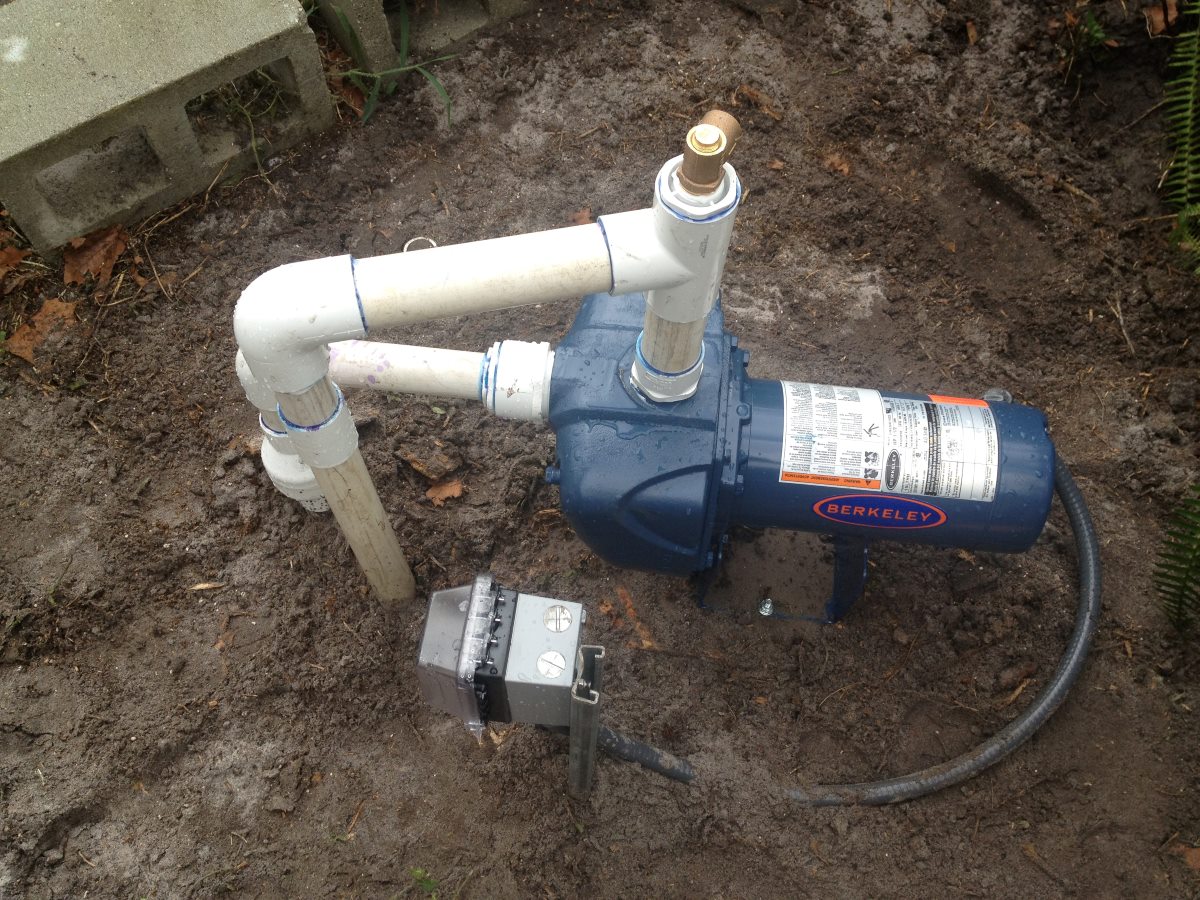
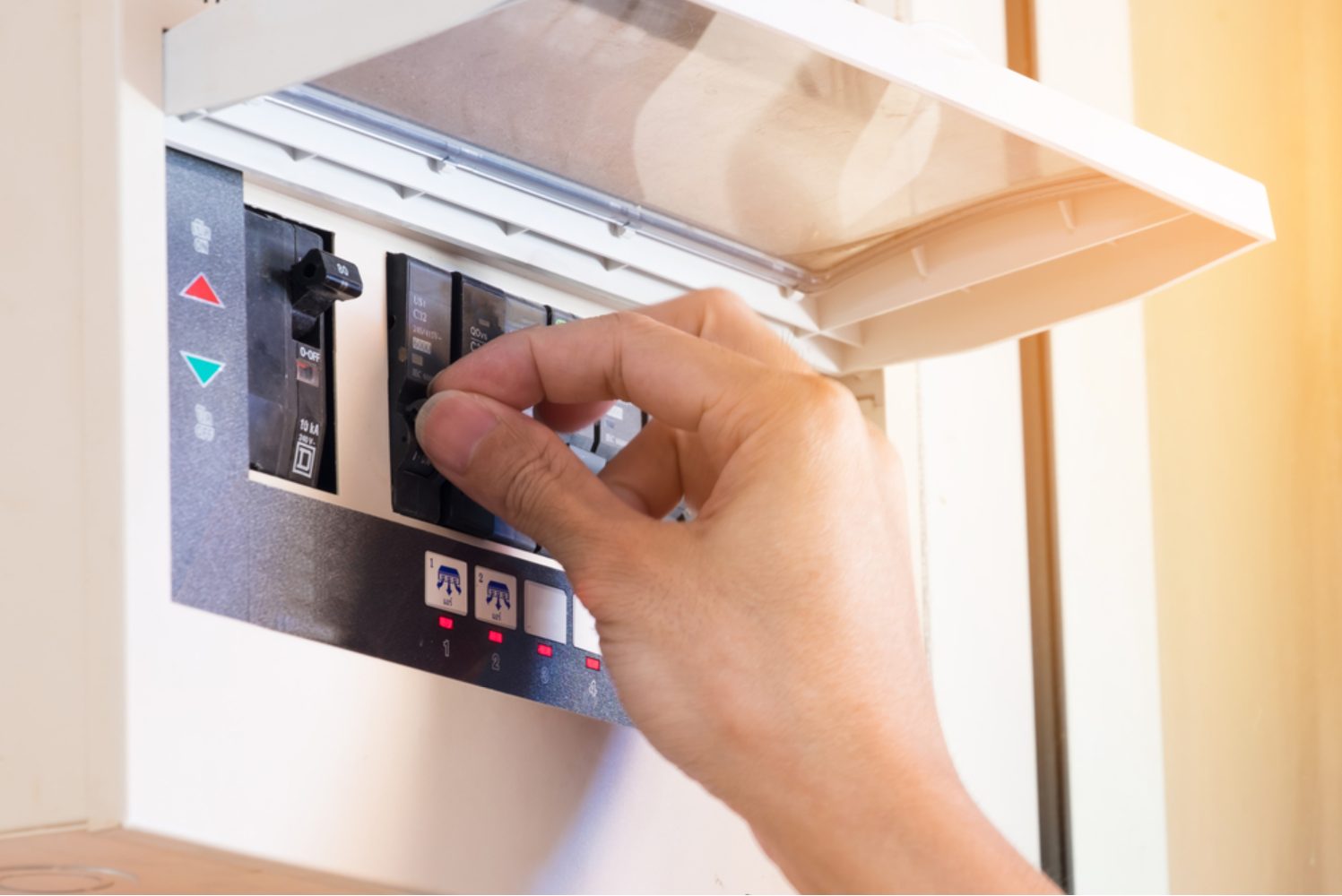
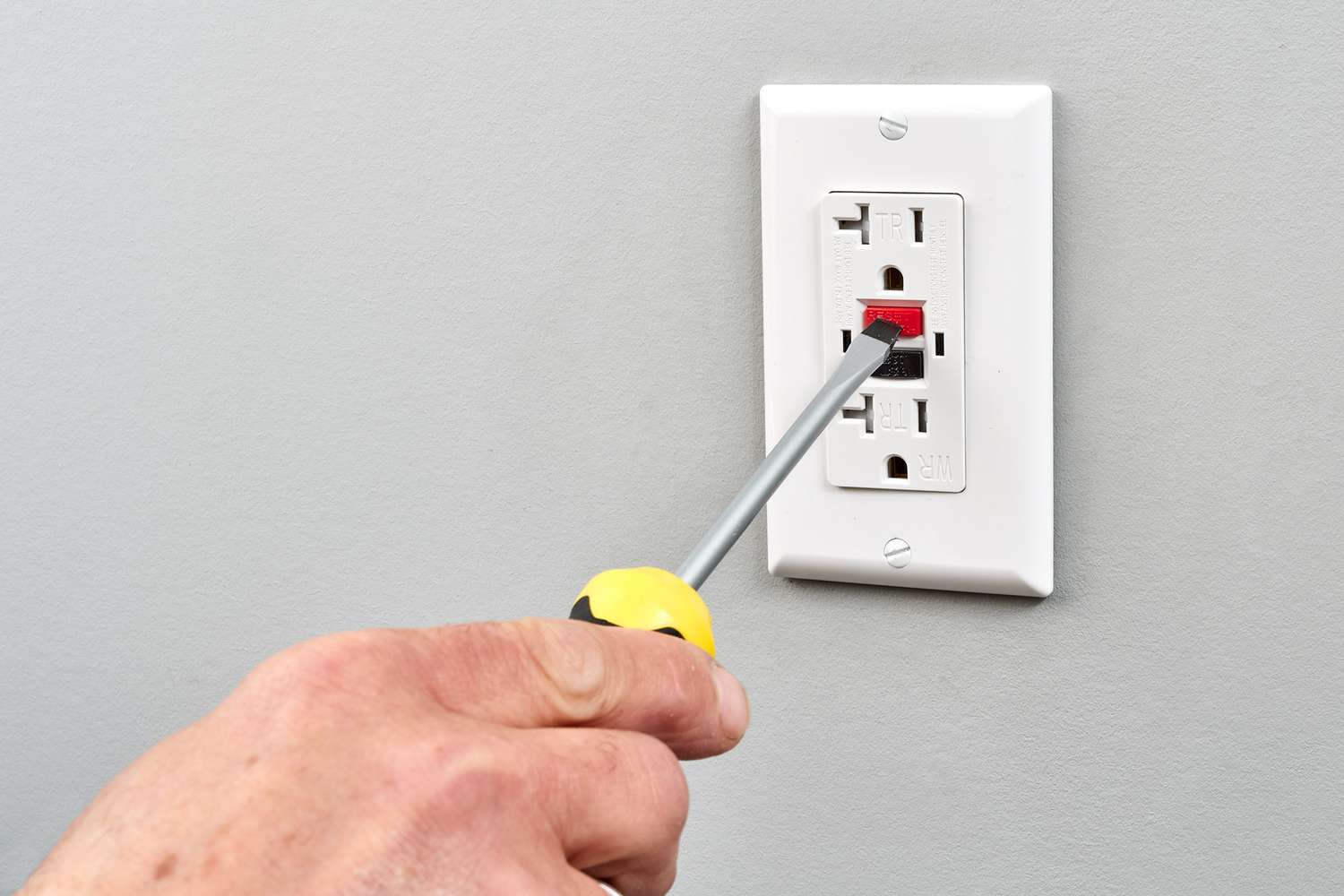
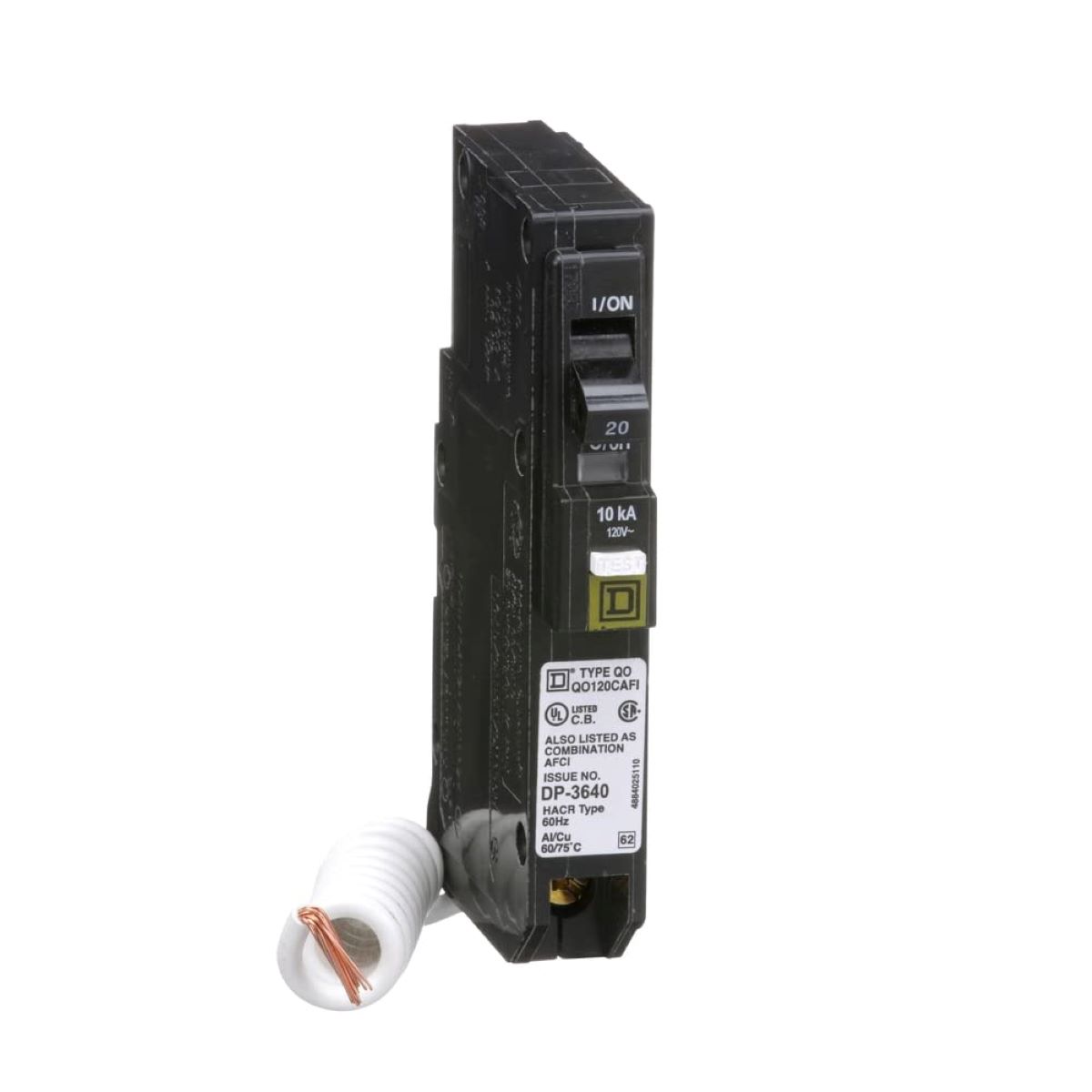
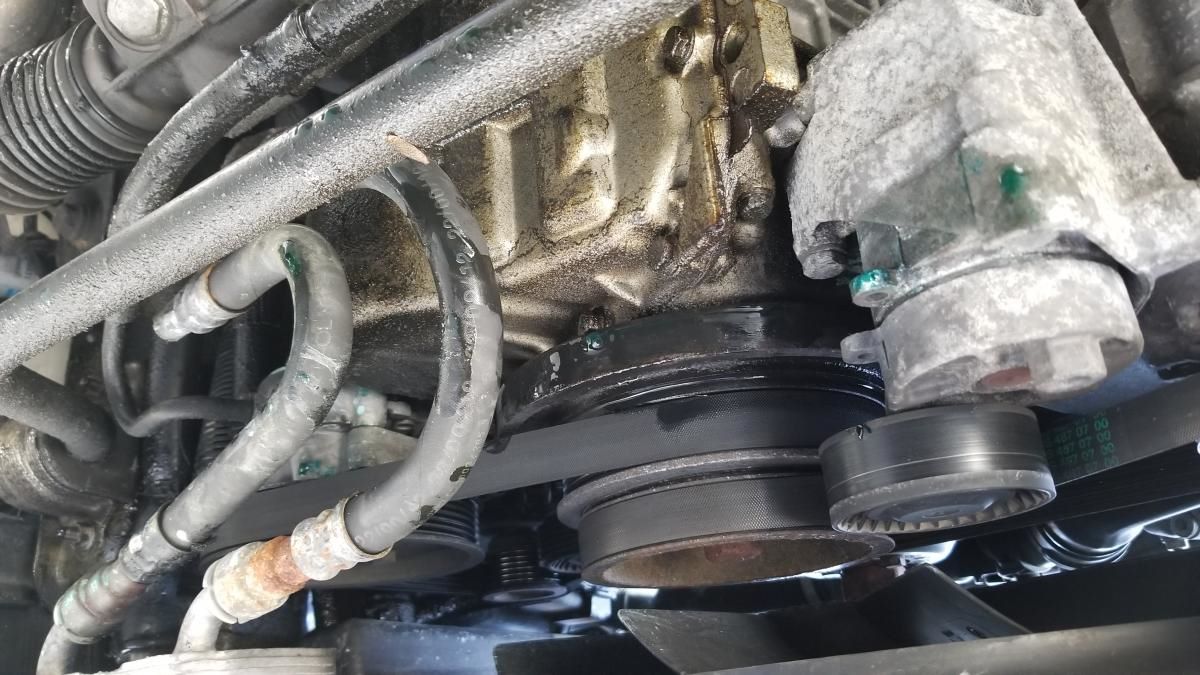
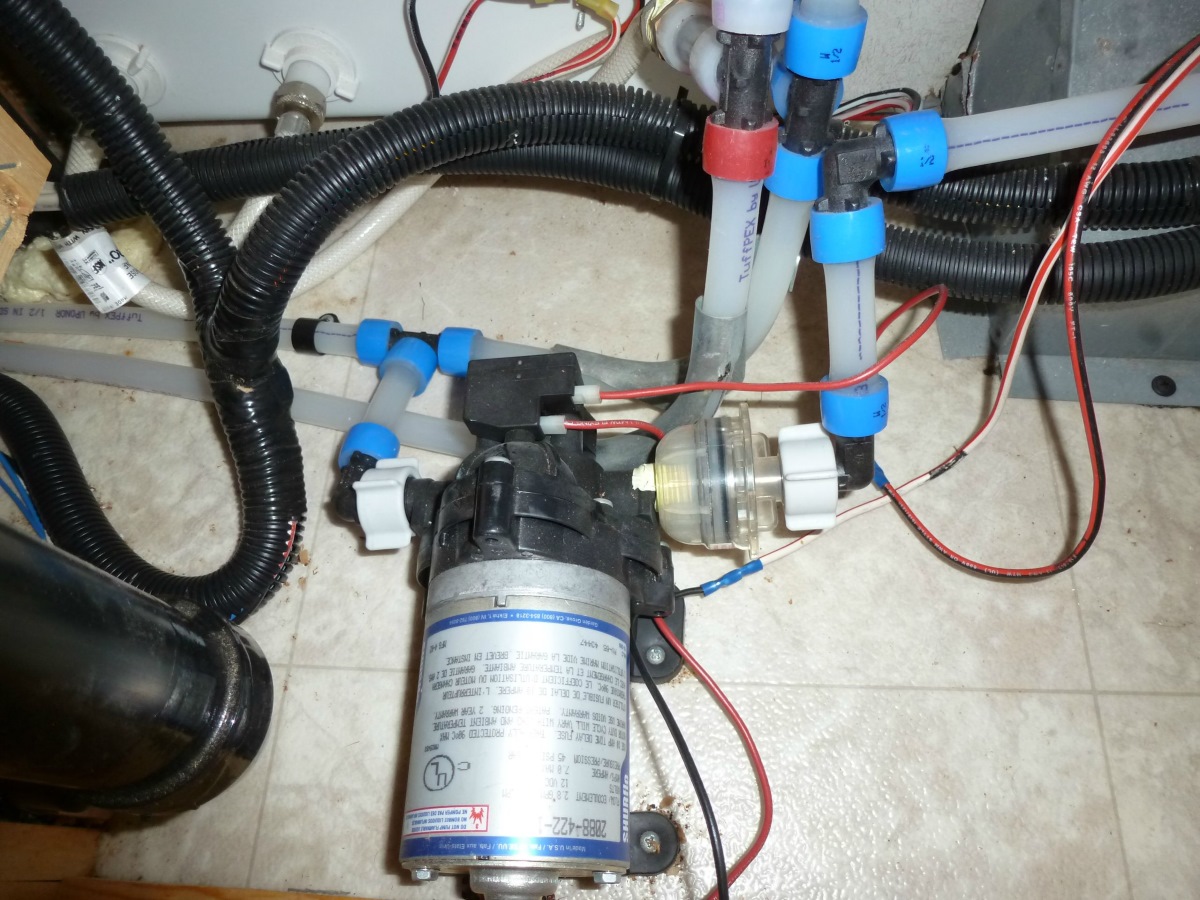
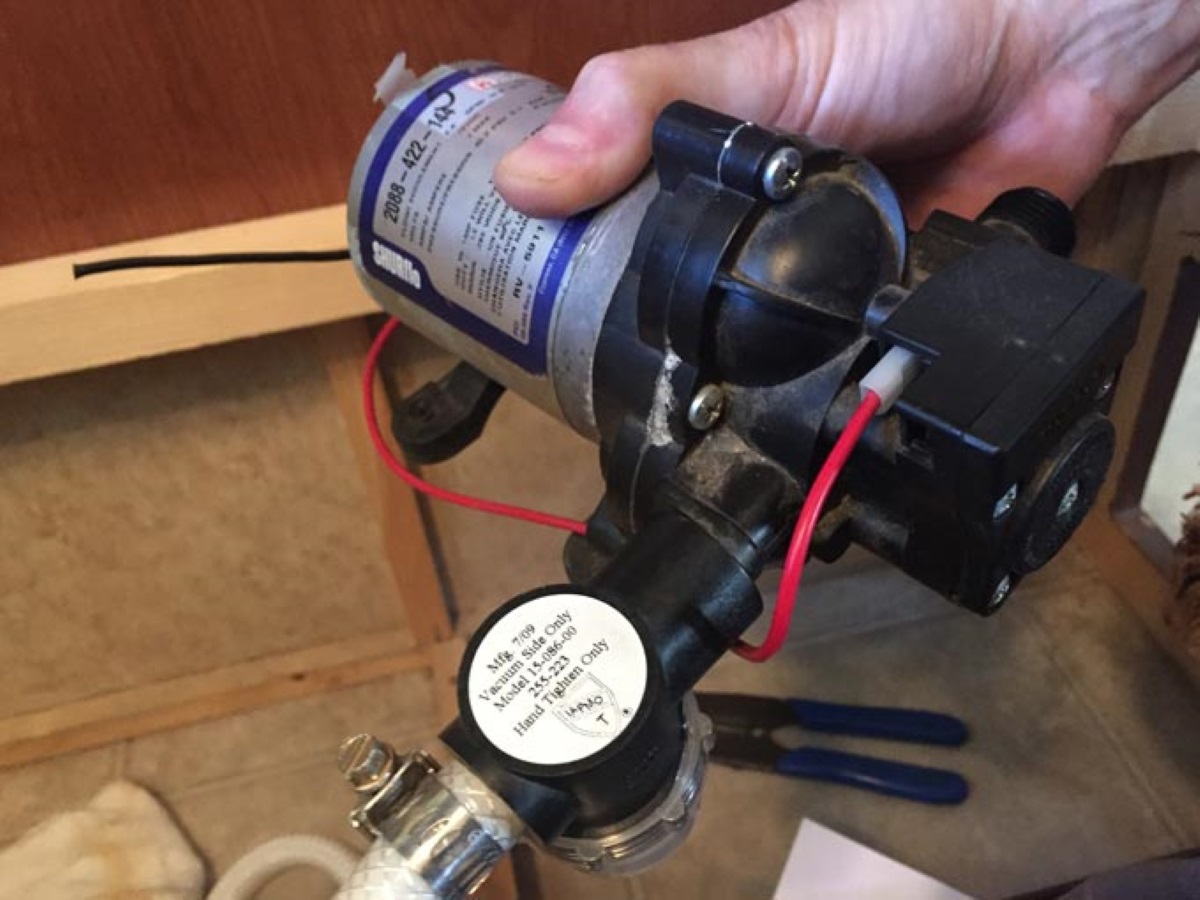
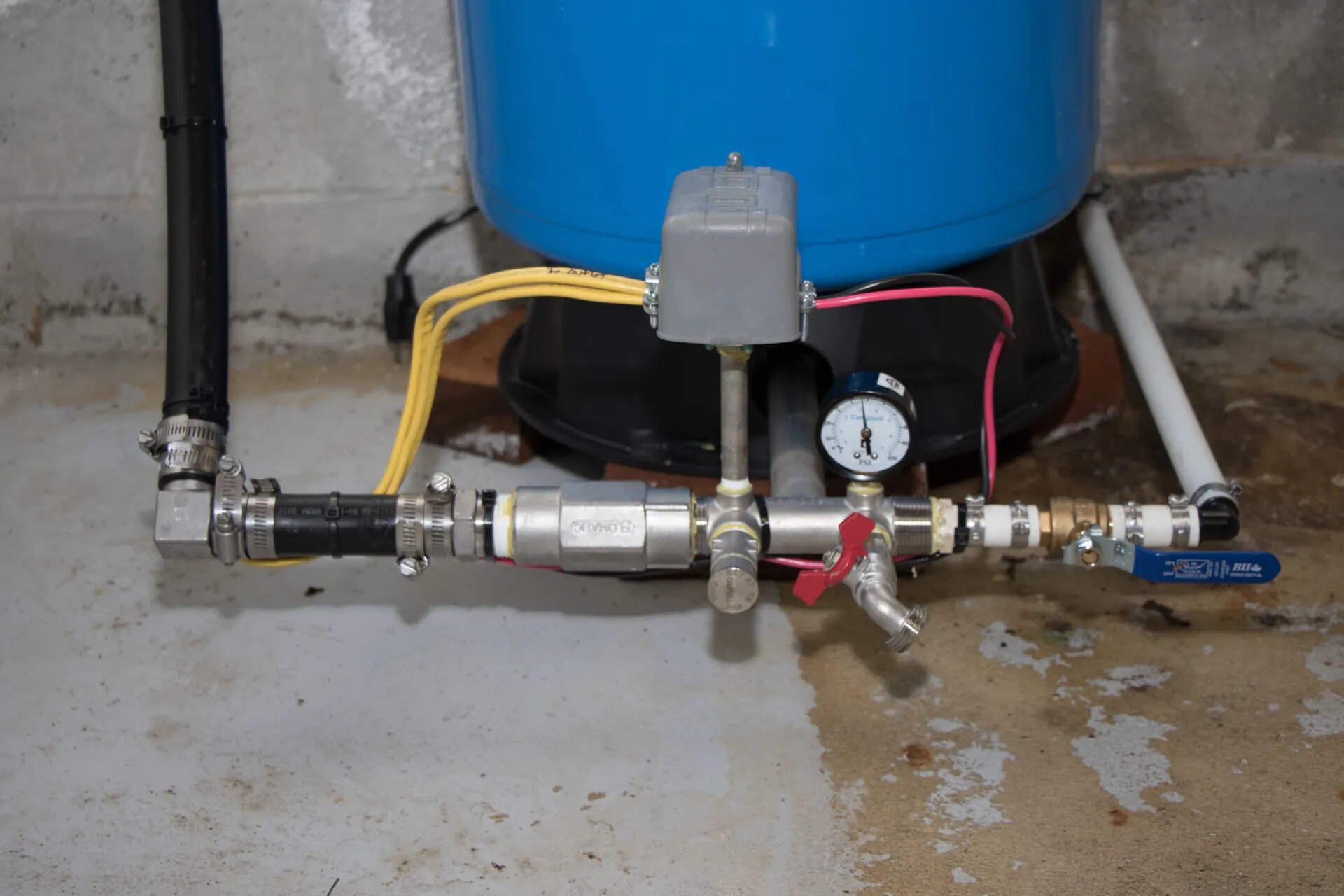
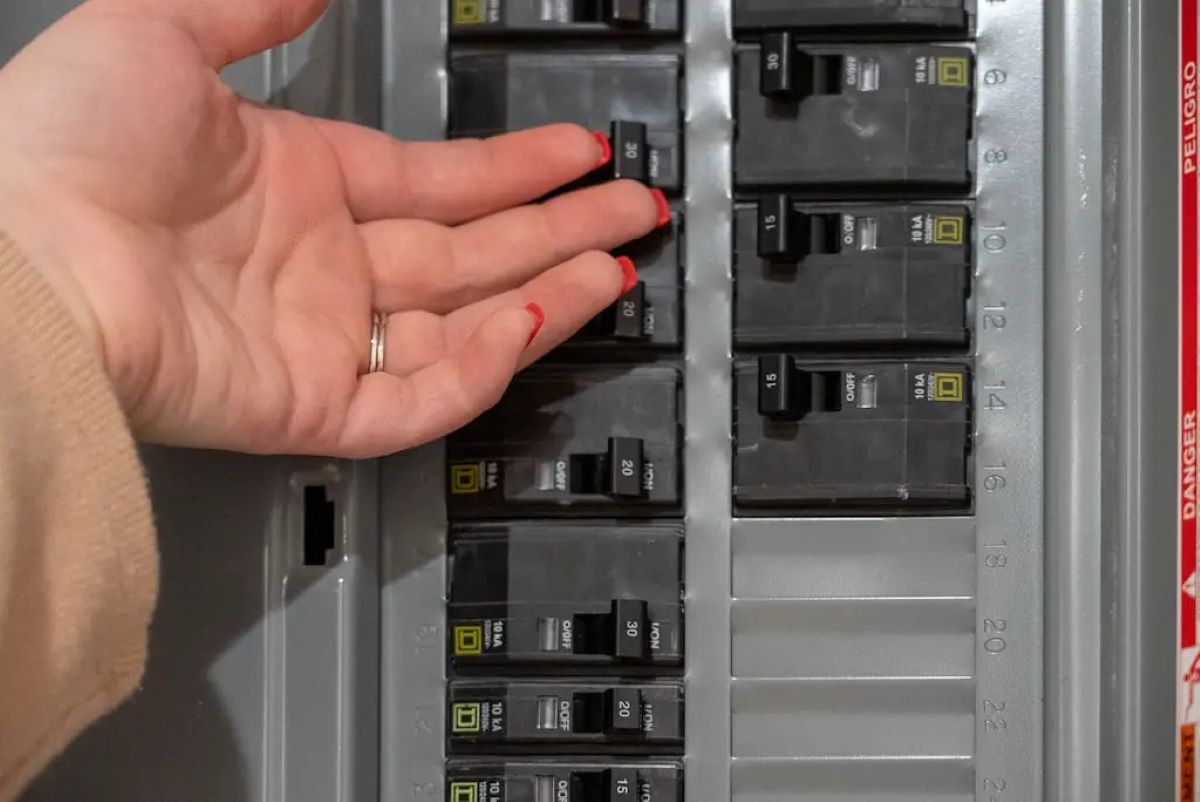
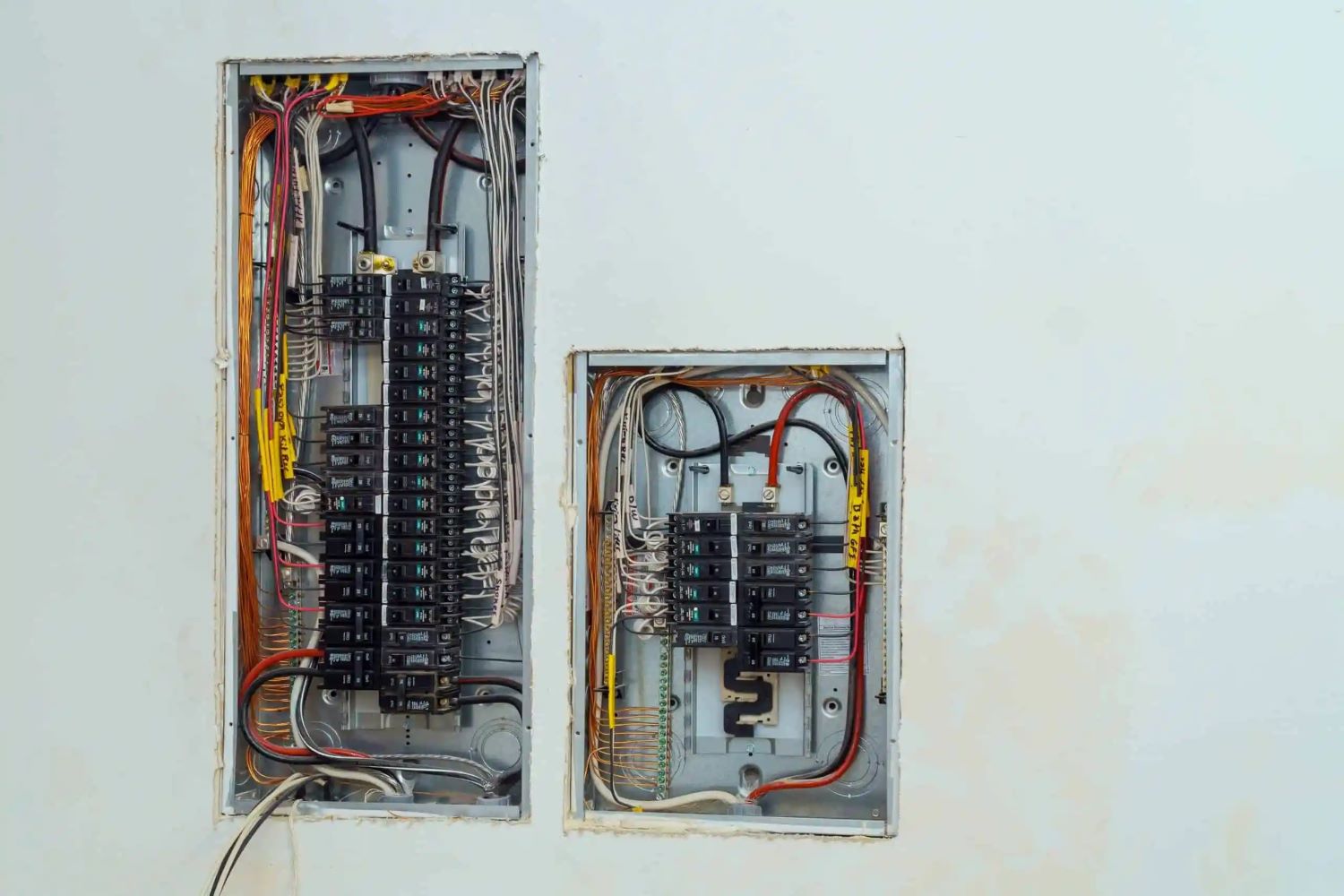
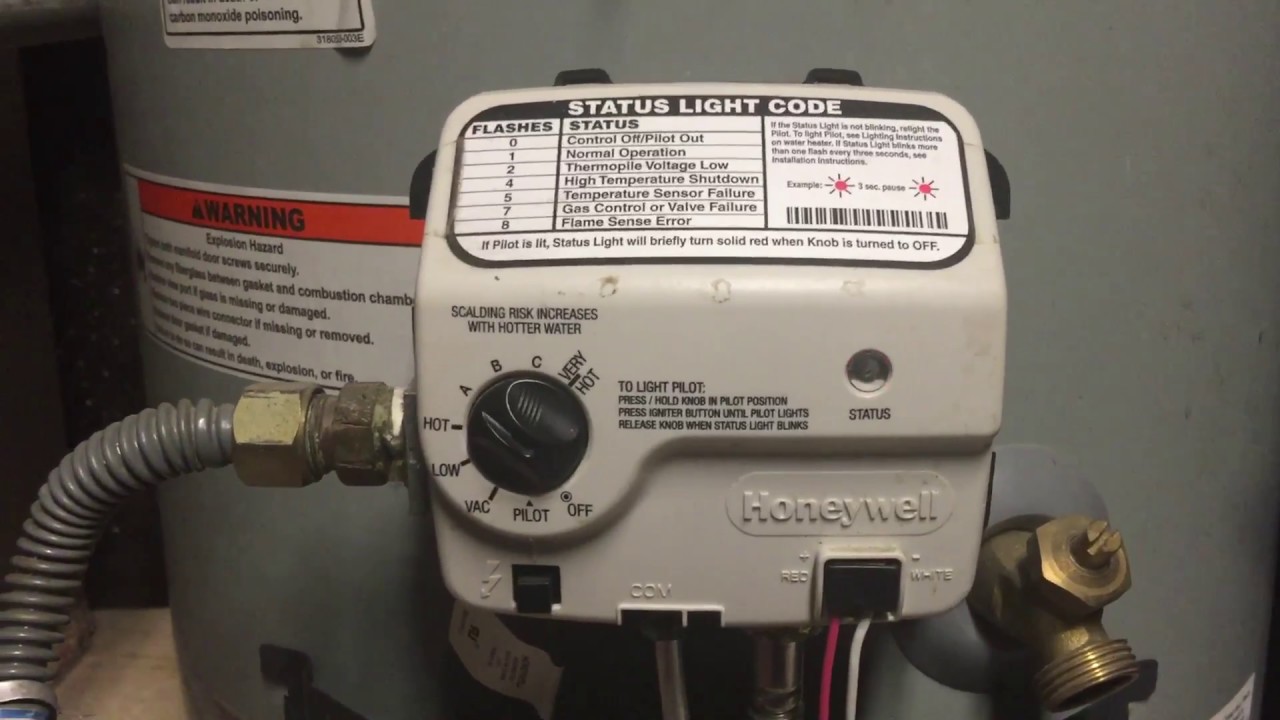

0 thoughts on “Why Does My Water Pump Breaker Keep Tripping”